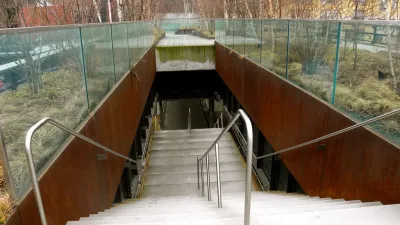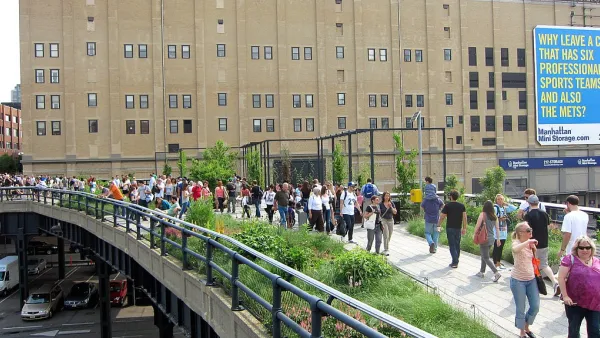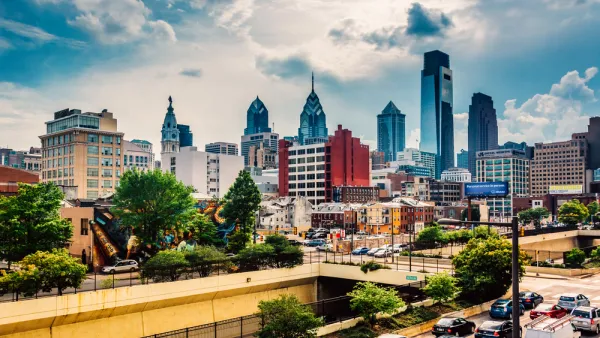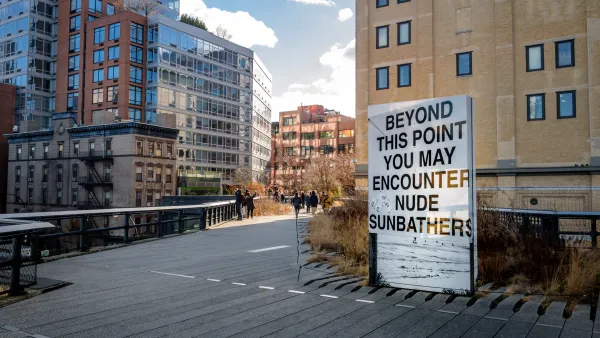Presenting the case of New York's High Line, student Sahra Mirbabaee questions who benefits from the city's investments.

New York City’s 1.45-mile long High Line was a costly public endeavor, Mirbabaee writes. Following the project’s first two installments, which cost a reported $152.3 million, its third is expected to cost an additional $86.2 million. This is to be accompanied by annual operating costs ranging between $2 million -$4 million. For Miarbabaee, however, the public investment – which funded half of the project – has been more than questionable.
Although attracting praise from architects, planners, and visitors alike, the High Line has been a source of considerable trouble for nearby residents. By fueling gentrification, Mirbabaee argues that the project raised living costs in the areas around the High Line and forced many local residents to leave their homes.
For Mirbabaee, there is a “troubling irony” in the project’s aesthetic, which “…exudes a ‘cool’ image of feigned neglect.” “Commodifying ostensibly lower-class spaces for supposedly higher classes,” Mirbabaee continues, “is both patronizing and divisive.”
There is a fundamental need to pose the question of who benefits from the city’s investments, argues Mirbabaee. Given Mayor Bloomberg’s recent proposal to cut $170 million from the city’s childcare services funding, Mirbabaee suspects a case of “disproportionate public investment in real estate”.
“Reversing this misappropriation of funds,” Mirbabaee writes, “would allow us all to build more vibrant neighborhoods than the High Line’s designers could ever have imagined.”
FULL STORY: Poverty below the high line

Analysis: Cybertruck Fatality Rate Far Exceeds That of Ford Pinto
The Tesla Cybertruck was recalled seven times last year.

National Parks Layoffs Will Cause Communities to Lose Billions
Thousands of essential park workers were laid off this week, just before the busy spring break season.

Retro-silient?: America’s First “Eco-burb,” The Woodlands Turns 50
A master-planned community north of Houston offers lessons on green infrastructure and resilient design, but falls short of its founder’s lofty affordability and walkability goals.

Test News Post 1
This is a summary

Analysis: Cybertruck Fatality Rate Far Exceeds That of Ford Pinto
The Tesla Cybertruck was recalled seven times last year.

Test News Headline 46
Test for the image on the front page.
Urban Design for Planners 1: Software Tools
This six-course series explores essential urban design concepts using open source software and equips planners with the tools they need to participate fully in the urban design process.
Planning for Universal Design
Learn the tools for implementing Universal Design in planning regulations.
EMC Planning Group, Inc.
Planetizen
Planetizen
Mpact (formerly Rail~Volution)
Great Falls Development Authority, Inc.
HUDs Office of Policy Development and Research
NYU Wagner Graduate School of Public Service




























